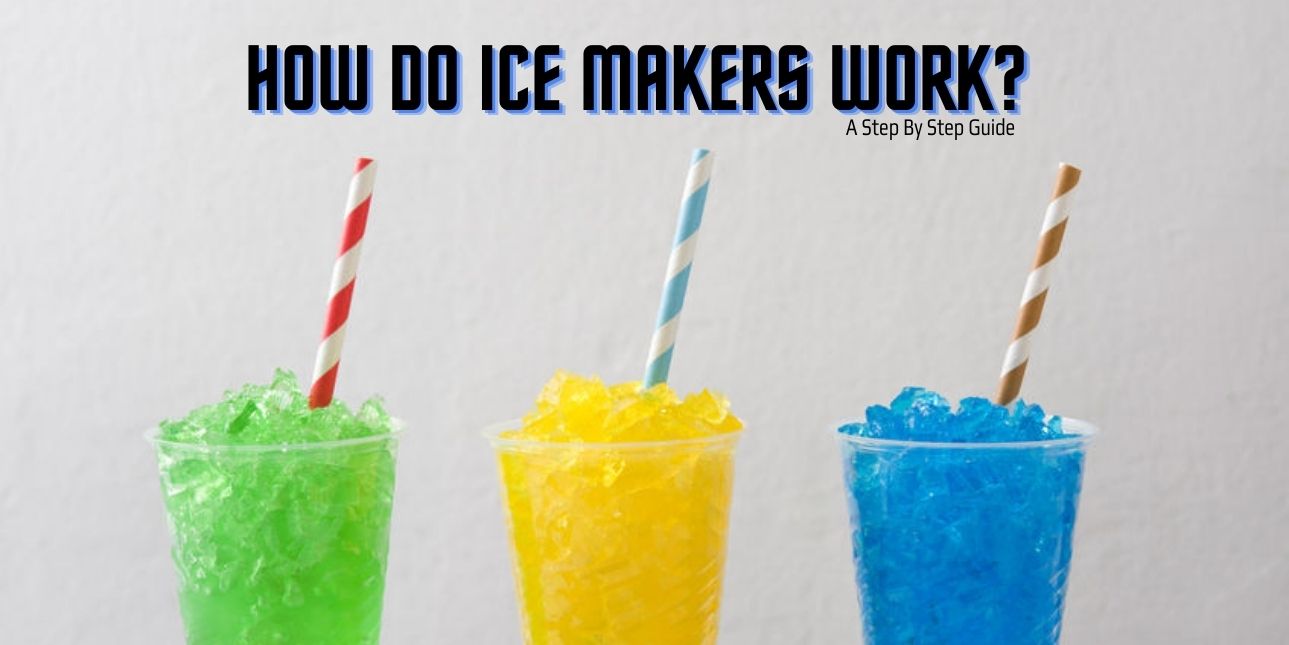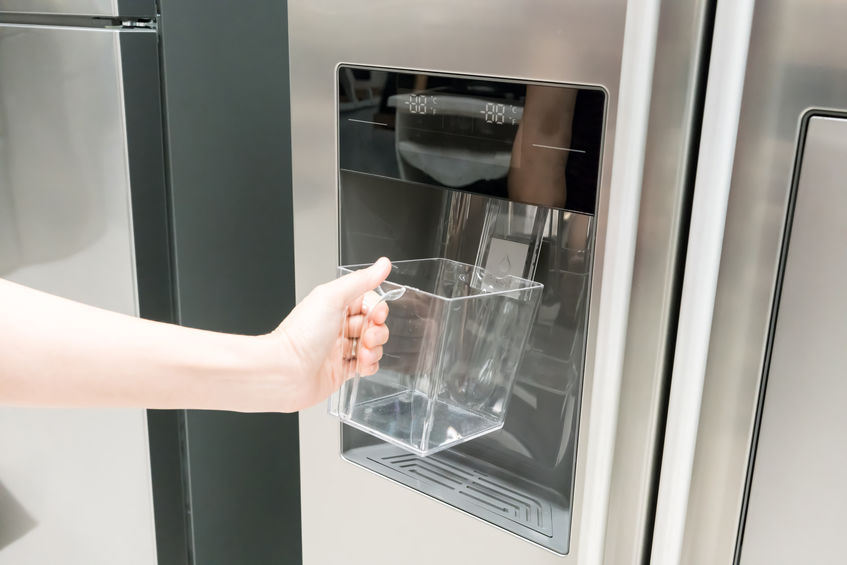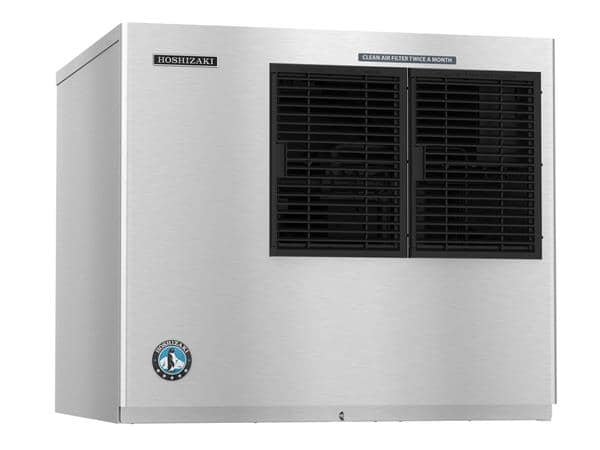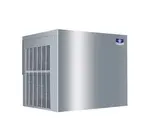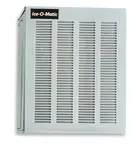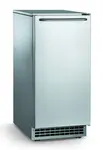We live in the wonderful age of modern ice machines. Unlike our forefathers, who had to either ship it or harvest it from mountains and frozen ponds, all you need to do is press a button and get loads of perfect ice cubes for your customers’ summer cocktails. But how do commercial ice makers work? We break down the process to help you understand the magic of ice makers.
Overview of the Ice Making Process
To know how to use ice makers properly, you need to know how they work first. Every ice maker uses some type of refrigerant to convert water into ice. The refrigerant converts from gas to liquid while moving through the various components of an ice maker machine, which causes a heat transfer effect that allows ice to form.
Ice makers have four main components;
• Compressor
• Condenser
• Expansion valve
• Evaporator
When a commercial ice maker is turned on, water from a pump at the back of the machine slowly pours into a tray, where it freezes in layers. This gradual layering is why you get clear and not cloudy ice cubes. In most commercial ice makers, the tray is aligned directly above the evaporator to facilitate freezing.
Step by Step Breakdown of the Ice Making Process
Although commercial ice makers vary in specifications and features, most of them employ the same functionality principles. Here’s how commercial ice makers work:
Filtration
Once an ice maker is on and the water source connected, the ice-making cycle automatically begins. First, the water goes through a water filter where all the dust, dirt particles, and impurities are removed. That is why you get crisp, clean, and refreshing ice cubes at the end of the process. Ice machine water filters require constant maintenance to do their job efficiently.
As the water undergoes filtration, the compressor starts pushing the refrigerant through the ice-making machine. It first heats and pressurizes the gas to prepare it for rapid expansion, and then passes it into the ice machine condenser.
Through the Ice Condenser
The condenser is comprised of a series of coiled copper tubes. Once the refrigerant reaches the condenser, it’s passed through these coils, condensing from vapor into liquid.
Note that different ice machines use different types of condensing units. Condensation units in ice-making machines can either be:
• Air-cooled: Vapor is cooled into a liquid by a fan. Ice machines with this type of condensation unit require ample space to allow for proper air intake and efficient ice-making processes.
• Water-cooled: With this type of ice maker machine, the condenser is built in.
• Remote-cooled: In this type of setup, the condenser is separate from the ice maker. Ice makers with remotely-cooled condensers operate silently but need more maintenance.
Into the Evaporator
The refrigerant then goes through the expansion valve, where it undergoes rapid expansion, converting it into a low-pressure gas with a super low temperature. The cold refrigerant passes into the evaporator. As water flows into the tray (the evaporator is directly aligned with this tray), its heat is absorbed by the refrigerant. That lowers its temperature to the freezing point and subsequently turns it into ice.
Time to Collect Your Ice
Ice sticks tightly to surfaces at its freezing point. To prevent the ice from getting stuck, once the ice cubes form, the evaporator triggers a sensor valve that notifies the compressor to stop pumping refrigerant into the condenser.
As a result, the compressor pumps heated gas directly into the evaporator instead, heating the tray slightly and loosening the ice cubes in the process. Then, depending on your ice-making machine, you may scoop the ice cubes out manually, or the machine may dispense them into an attached ice bin. The bin keeps the ice cool until you scoop.
Commercial Ice Maker Maintenance Tips
Although it looks simple on the surface, the ice-making cycle is quite complex. Your ice maker repeats these cycles continuously every day, and this can be quite taxing on its components. Maintenance is critical if you want your ice machine to continue running at peak performance. Here are five commercial ice maker maintenance tips to get you started:
Replace the Water Filter
A dirty or clogged water filter cannot execute its function appropriately. It may also restrict water flow into the ice tray, and in some instances, it may even cause the ice maker motor to overheat. Clean your water filter regularly, and have it replaced every six months or whenever you’re shopping for commercial ice machine parts and accessories.
Clean Often
A dirty ice machine means smelly ice. It also creates the perfect environment for dangerous bacteria and mold to thrive. Cleaning your ice maker is an essential task in routine maintenance. It not only preserves the quality of your ice but also increases your machine’s performance. Here is how you clean an ice maker:
• Turn the machine off and remove the ice bin
• Mix ½ cup vinegar and ½ cup warm water
• Soak your washing cloth or sponge in the mixture and use it to scrub the bin
• Rinse until the vinegar smell goes away
• Dry the bin and return it to your ice maker
Check the Water Supply Line
A clogged water supply line leads to low water flow and, consequently, low ice volume. You also get malformed ice cubes, and if you don’t do anything about it, you’ll eventually end up with an ice maker freeze-up problem. You can avoid this problem by regularly checking the water supply line or having a professional check it out during preventive maintenance.
Remove Crusted Ice
Besides a clogged water supply line, ice makers also freeze when water continues to flow over stuck or crusted ice. So, if you notice any crusted ice, remove it right away. You can either melt using a warm sponge, or chip it away with an ice pick.
How Does an Ice Maker Work, Answered
Now that you know how an ice maker works, you can make the most of your commercial investment. Make sure you engage in preventive maintenance to help keep your machine running at peak performance.

